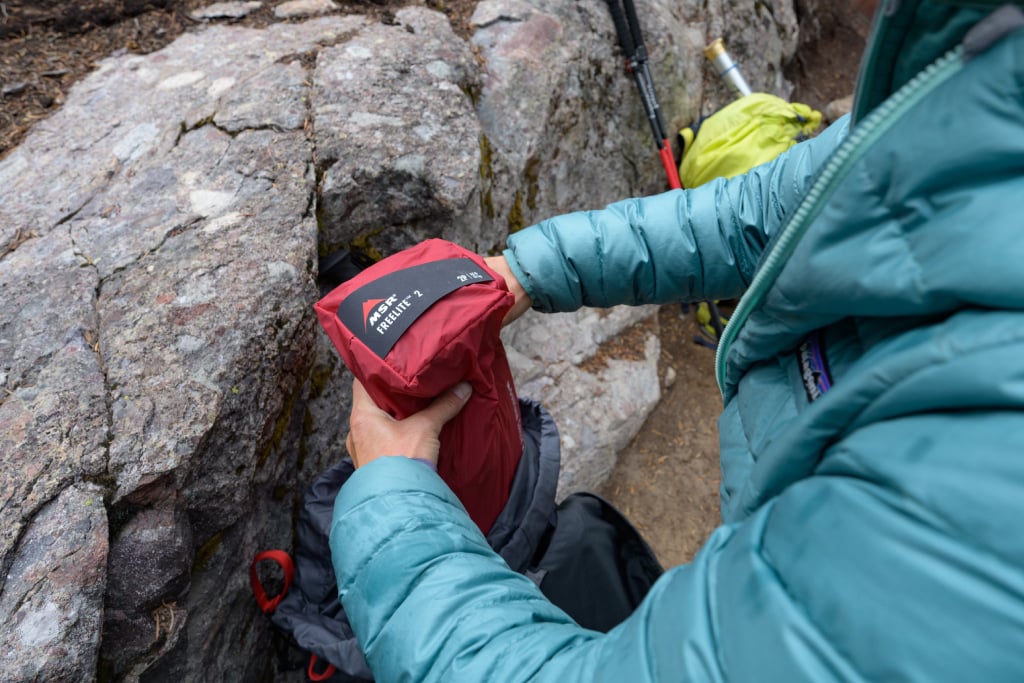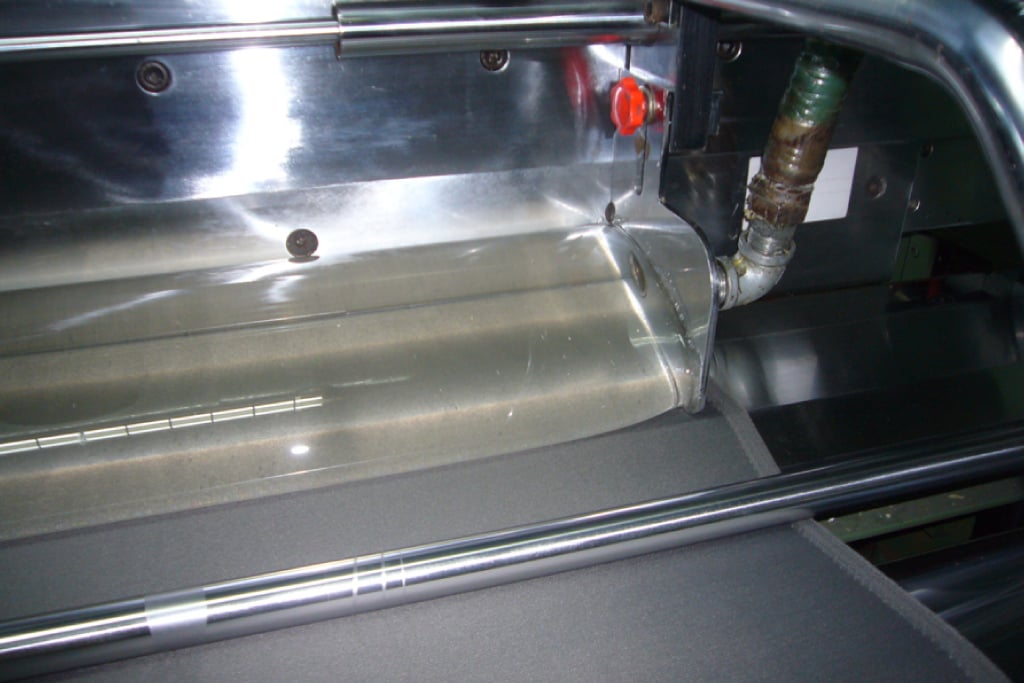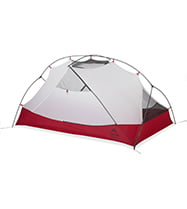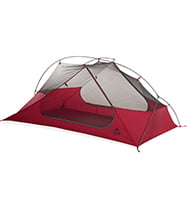Understanding Tent Packaged Weight & Minimum Weight
Packaged weight. Packed weight. Minimum weight. Trail weight. You see a lot of different terms used to identify tent weights in the industry. If you don’t know what to make of it all, you’re probably not alone. There’s more than a little confusion in the market on this issue, and we at MSR want to clear things up. Read on to learn some of the differences and to understand why actual tent weights may vary from published specs.

Packaged Weight vs. Minimum Weight
In 1998, outdoor companies officially recognized the need for a unified standard of tent weights when they came together with ASTM International, an organization that develops voluntary consensus standards for a wide range of industries, to develop ASTM F 1934-98, the standard test method for weighing and labeling a backpacking or mountaineering tent. This method allowed the companies to take the guesswork out of determining tent weights.
At MSR, we voluntarily follow ASTM F 1934-98. In line with this standard, packaged weight includes the total weight of the packaged contents off the shelf. Minimum weight, by comparison, refers to the combined weight of the tent body, rainfly (if applicable) and tent poles, but not any of the other items that may appear in the package, such as tent stakes, guy cords, stuff sack, etc. By this definition, if your tent comes with guy cords attached, you’d need to remove them before weighing the tent to determine its true minimum weight.
Many older MSR backpacking tents could be pitched using only the rainfly, poles and footprint, and in our tent specs we called this non-industry standard setup option our Fast & Light weight. (We found most people were not using this feature and completed its phase-out in 2021.)

The Problem of Published Weights
Sometimes it happens: you shop for a tent, compare features and specs, and buy the right one for you. Then, when you’re weighing your tent before a big backcountry trip, you notice the weight is a little off. The truth is, the exact minimum or packaged weight of your tent might not align with the advertised specs, as tent reviews like this one attest. This weight discrepancy has a lot to do with the nature of the product and the manufacturing process.
The Challenge of the Manufacturing Process
Although manufacturers try to be as upfront and honest about weight as possible, they all must make educated guesses as to what the final weight will be. At MSR, we try to be as accurate as possible with our published weights, but variations in coatings and fabrics can lead to modest weight differences.
Here are a few reasons you might see your tent weighing in a few ounces above or below the advertised weight:
Coating variances: The thickness in coatings on tent fabric can vary a bit from one tent to another. Fabrics are produced in batches and called “lots”, and there can be a slight weight difference between lots as well as within lots.

Fabric variances: Because tent fabric is hand-cut in up to 200 layers at once, some pieces may be cut just outside the line, making certain parts slightly larger and thus heavier.
Scale accuracy: At MSR, weights are determined using our calibrated lab scales, which are more accurate than normal household scales.
Added products: Brands may decide at the last minute to include more stakes or guy cords, which will add to the packaged weight.
In sum, there are dozens of little things that can happen during the manufacturing process that may add up to a noticeable weight difference between what’s listed on the hangtag and what registers on your scale. Because it’s not feasible for us to weigh every single tent we manufacture individually and adjust each hangtag accordingly, we sometimes have to deal with these slight variances. Even so, we at MSR try to be as accurate as possible with our weights, and as transparent as possible with customers about how we arrive at them.
Related Posts:
- Tent Fabrics Part 1: Fabric Specs
- Tents 101: Single-Wall vs. Double-Wall Tents
- How to Choose the Best Backpacking Tent
Updated. Originally Published March 28th, 2016.


